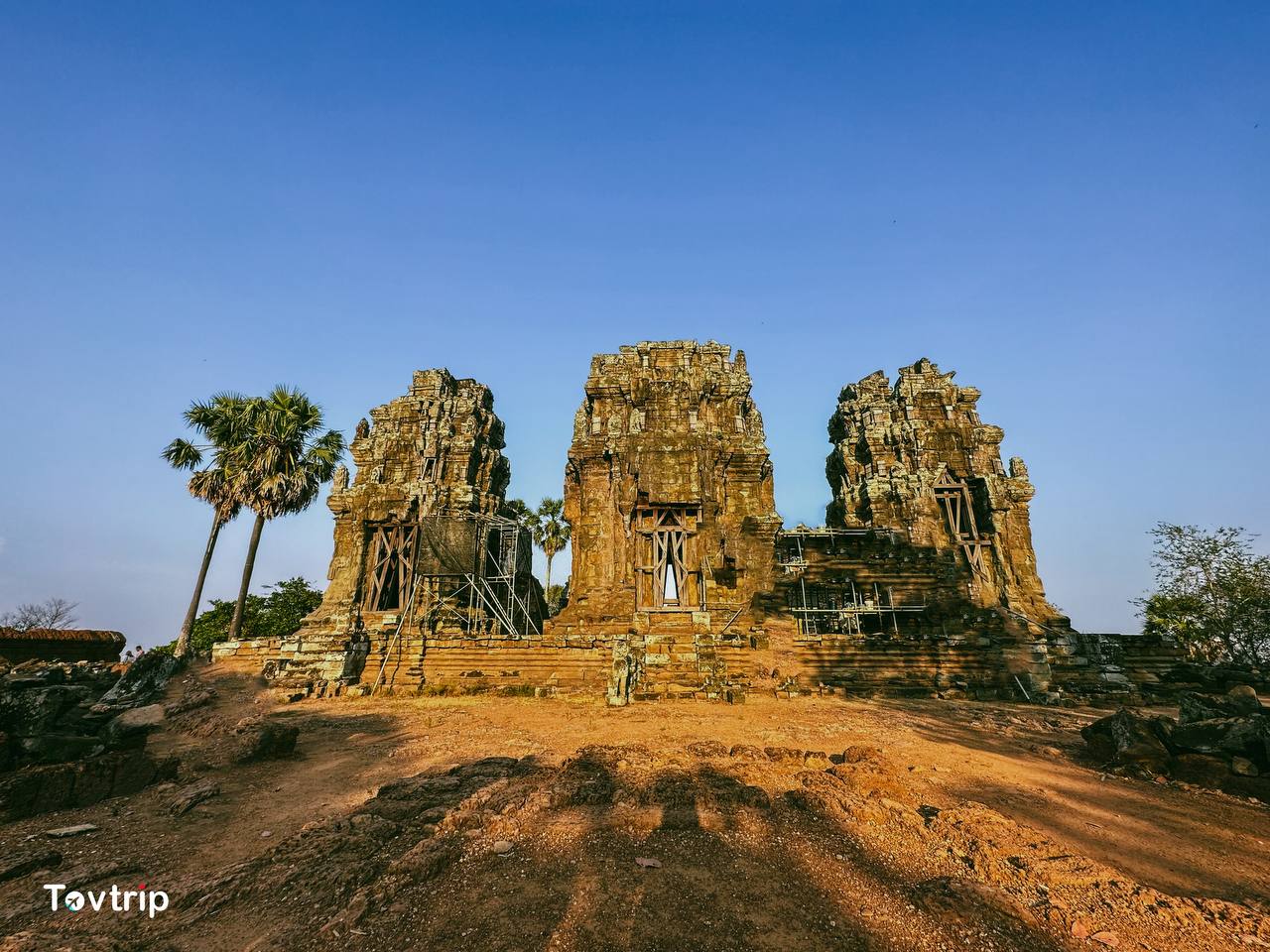Company
Tovtrip is a website and Super App which you can conveniently find flights, accommodation, transportation, tour packages, activities, and more. One site, 100,000+ travel experiences. Our Merchants are travel agency, airline, hotel, resort, local landmark, restaurant, travel guide, travel hub, artisan store, entrance tickets and gifts stores. Tovtrip aims to support and enhance the possibility of the tourism industry to another level through our latest software development technology.
Claim your contents
Address
C15, Street Betong, Sras Chak, Daun Penh, Phnom Penh 120210, Cambodia








